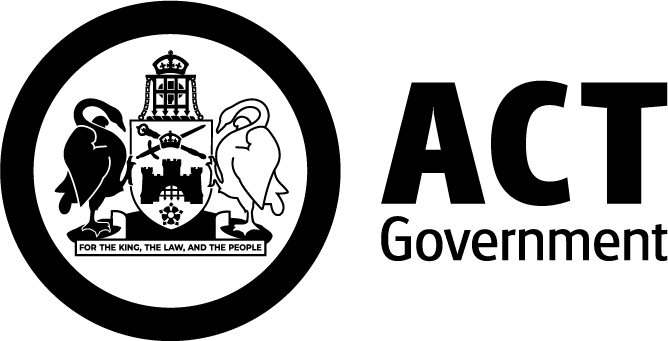Gang-gang Cockatoo (Callocephalon fimbriatum)

Description
- The Gang-gang Cockatoo can be up to 32-36 cm long, with a wingspan of around 20-26 cm and a short tail.
- Males have a bright red head with a wispy crest and slate-grey feathers with white edges, and females have a small grey crest and feathers with orange and yellow bands.
- It feeds in small groups but can form groups of up to 25.
- It eats a wide variety of food, including seeds, pods, flowers, fruits, and insects.
- It breeds from October to January and both parents care for the eggs and chicks.
- Young chicks fledge between January and February, and the parents continue to feed them for about 4 weeks after it leaves the nest.
Find out more about the Gang-gang Cockatoo on Canberra NatureMapr.
Where to find them
The Gang-gang Cockatoo only found in southeastern Australia, from the mid-north coast of NSW to southern Victoria. In Victoria, it’s found in northeastern and southern areas, including east Melbourne and the Mornington Peninsula. It was also introduced to Kangaroo Island in South Australia.In the ACT, the Gang-gang Cockatoo is found in various areas. It’s often spotted in suburbs near Canberra Nature Park, including:
- Mount Majura
- Mount Ainslie
- Gossan Hill
- Bruce Ridge
- O’Connor Ridge
- Black Mountain
- Aranda Bushland
- Red Hill
- Mount Taylor.
Recent surveys suggest there might be fewer cockatoos in Canberra than expected.
Conservation threats
The main threat to the Gang-gang Cockatoo is destruction of its habitat. Other threats include:
- habitat loss due to wildfires, urban and rural development, and forestry practices
- competition for nesting hollows with other species such as parrots, possums, and introduced birds
- increased wildfire risk and changing weather patterns due to climate change, which affects hollow availability and food sources
- heat stress from rising temperatures, leading to nestling deaths and unusual chick behaviour
- nest predation by possums, which may reduce the number of young birds that survive
- susceptibility to Psittacine beak and feather disease.
Conservation status
- National – Endangered (Environment Protection and Biodiversity Conservation Act 1999).
- Australian Capital Territory – Endangered (Nature Conservation Act 2014).
Conservation actions
Conservation aims to keep a healthy, wild population of Gang-gang Cockatoos in the ACT and nearby areas, including to:
- protect areas where they breed and find food
- address known and new threats
- monitor and research the species to understand threats to their survival
- research and find their critical habitats in the ACT
- enhance current breeding areas
- work with other states and territories to recover the species locally and nationally
- support and encourage community and Indigenous-led conservation activities.
You can help in the conservation of the Gang-gang Cockatoo by not feeding them.
The ACT Government is also researching and understanding the population genetics of Gang-gang Cockatoos in our region. You can help with the Gang-gang Cockatoo feather collection project by collecting and sending us any feathers you find.
Strategies and plans
-
Nature Conservation (Gang-gang Cockatoo) Conservation Advice 2023
-
Commonwealth Conservation Advice – Gang-gang Cockatoo 2022
-
Nature Conservation (Loss of Mature Native Trees) Conservation Advice 2018
-
Nature Conservation (Loss of mature native trees key threatening process) Action Plan 2023
-
ACT Native Woodland Conservation Strategy and Action Plans 2019
